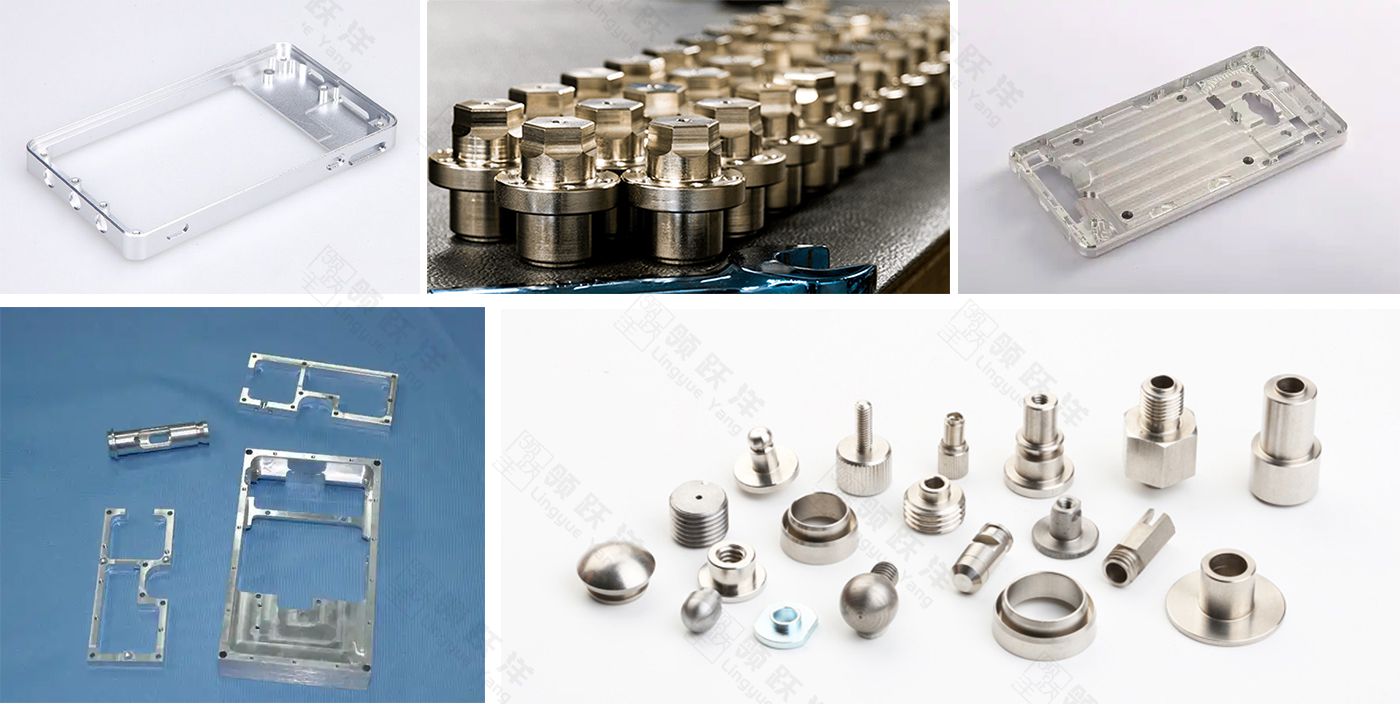+86 192 3098 1308 jaycee70224@163.com +852 9308 6746
In the modern manufacturing landscape, CNC machining has become a vital force driving precision, efficiency, and innovation. As industries evolve, companies are increasingly adopting computer-controlled technologies to produce components with tighter tolerances and consistent quality. Two of the most widely used processes in this field are CNC milling and CNC drilling.
Although both techniques use computer numerical control to guide cutting tools with high accuracy, they serve different purposes in production. Understanding their distinctions helps engineers and product designers choose the best process for each application.
At Ling Yueyang, our machining expertise covers both milling and drilling solutions, providing clients with flexible options to achieve the best balance between precision and productivity.
CNC milling is a subtractive manufacturing process that removes material from a solid block using a rotating multi-point cutting tool. The workpiece can move along multiple axes (usually 3- to 5-axis), allowing for complex shapes, surfaces, and contours.
● The ability to cut, slot, and contour in multiple directions.
● Production of complex geometries such as cavities, channels, and 3D surfaces.
● Application in industries requiring detailed components, such as aerospace, automotive, and medical equipment.
Milling excels in projects that demand dimensional accuracy, detailed finishes, and design flexibility.
CNC drilling, on the other hand, focuses on creating precise, cylindrical holes in a material. The tool moves along a single axis, penetrating the workpiece at a controlled speed and depth. It’s typically faster and more straightforward than milling but limited to hole-making operations.
● Producing consistent hole patterns in metal, plastic, or composites.
● Operations such as spot drilling, peck drilling, reaming, and tapping.
● High-volume manufacturing where speed and precision are critical.
Unlike milling, drilling is not primarily used for shaping; it’s a specialized process for clean, repeatable hole creation.
| Aspect | CNC Milling | CNC Drilling |
| Primary Function | Material removal for shaping and contouring | Hole creation with exact diameters and depths |
| Tool Movement | Multi-axis (X, Y, Z, and often rotational axes) | Linear (Z-axis) |
| Complexity | Ideal for intricate designs | Best for repetitive hole patterns |
| Speed & Productivity | Slower due to multiple cutting paths | Faster for single-function operations |
| Precision Level | Extremely high for complex geometries | Very high for depth and diameter accuracy |
| Typical Industries | Aerospace, mold making, custom machinery | Automotive, electronics, industrial fixtures |
Both processes are essential to modern machining workflows. In many projects, components first undergo CNC drilling for holes, then CNC milling for shaping and finishing—forming a complementary relationship rather than competition. Learn more details.
When selecting between milling and drilling, consider:
1. Design Requirements: If your part needs surface detailing, contours, or slots, CNC milling is the better choice.
2. Hole Accuracy: For components requiring numerous or deep holes, CNC drilling ensures consistency and speed.
3. Material Type: Harder metals may benefit from milling before drilling to maintain dimensional stability.
4. Production Volume: Drilling is typically more cost-effective for mass production of identical parts.
Ling Yueyang’s advanced CNC workshops integrate both milling and drilling capabilities within the same production line, ensuring smooth transitions between machining stages. This synergy enhances efficiency, reduces setup time, and guarantees that every component meets international standards.

● Aerospace: Milling for airframe parts; drilling for fastener holes and engine mounts.
● Automotive: Milling of transmission housings; drilling of cylinder heads and brake components.
● Electronics: Milling of aluminum enclosures; drilling of PCB boards.
● Medical Devices: Milling for ergonomic shapes; drilling for precise implant holes.
By offering both processes, Ling Yueyang enables clients to achieve greater design freedom and improved production reliability, making it a trusted partner for precision manufacturing.
Rather than viewing CNC milling and CNC drilling as competing methods, manufacturers should see them as complementary stages in precision machining. Milling defines the shape; drilling refines it. Together, they ensure that each part meets stringent quality and performance standards.
With advanced CNC technology, skilled technicians, and decades of experience, Ling Yueyang delivers integrated solutions for both processes—helping global clients achieve superior precision, reduced lead times, and long-term production value. Contact us.